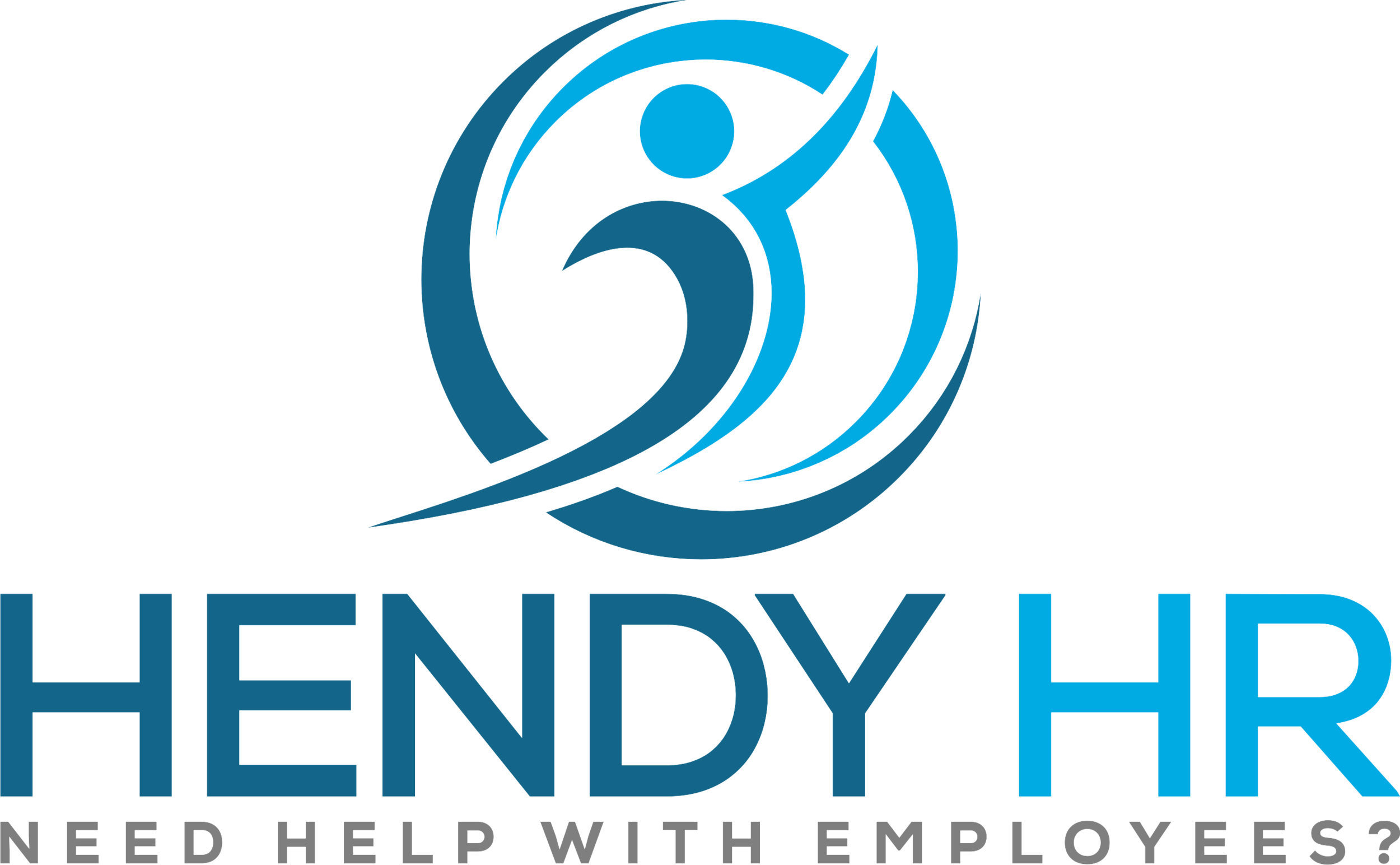Managing employees through drought, especially in the Central West/Western Plains region
The drought in the Central West and Western Plains of New South Wales is no longer a defined period. It doesn’t end when the Winter season comes and its more about a business adjusting and flexing to the business climate change so that a viable operation continues.
Drought is viewed as the new way of living, particularly if you are in the agricultural and farming sectors in New South Wales. Many of my clients ask me for strategies to plan and prepare for the tougher months when the work drops off or when crops don’t yield the projected targets.
The biggest cost to any business is usually wages so it’s the first consideration when things are less than abundant. There are things that an employer can do to save and manage the associated employment costs during drought.
Suggestions for Business Owners to help manage employee costs during drought
Ask Employees to take Leave:
Leave liabilities accrue for employees and in the case of Annual Leave and (some) Long Service Leave, are payable upon termination of employment. These liabilities must be kept by the employer and do add up to a significant amount of money that simply sits in business accounts. In quiet times, an employer has the right to ask employees to take leave by giving them the appropriate notice period. This is an effective way to reduce operating costs through the reduction of leave liabilities.
It means that you can keep the continuity of employment of good employees, get them some rest, whilst reducing long term business liability costs and maintaining overall profitability.
Focus on Safety:
The farming and agricultural industry is the number one most dangerous occupation when it comes to the workplace and the Workers' Compensation premiums reflect this within the industry. Health and safety are usually the last priority given the magnitude of work that needs to be completed on farms and in agricultural sectors.
In quiet times, a focus on getting all those health and safety issues address, an evaluation on how things can be done in a safe manner and the design and implementation of safety processes are imperative, so then when things are busier, employees are working in a safer and healthier work environment.
A safer environment means less injuries in the workplace, this means lower premiums for your Workers’ Compensation policies and less loss time costs from injured employees.
From Full Time to Part Time or Casual:
Consulting with employees about their employment status can be an effective strategy in reducing immediate costs of wages. I'm often surprised at how many employees are happy to change to reduced hours. Some want to go and study or to complete further education, reduce hours for family obligations or simply no longer require or want full time employment. You will never know if you don't ask.
The key to any business managing the employment costs during busy or less fruitful periods is about practising flexibility and engagement of employees. The ideal business needs to have a mix of employees, that means, not just all full-time employees. A business needs to be able to work employees up to meet demand, and wind them down when required, with little interruption to the day to day activities or processes.
The most effective businesses that I’ve worked with are those that have a core group of trusted full-time employees, some part-time employees with fixed hours and a back fill of true irregular casuals that pick up the slack.
Redundancy or Redeployment:
In worst case scenarios where a business cannot sustain the number of employees due to financial strain or other legitimate reasons then redundancy or redeployment into other positions is a viable option. For small businesses, the redundancy costs are not as expensive as you might have anticipated, but each situation must be assessed against the relevant legislation.
Focus on Efficiencies:
The term I love is ‘business process re-engineering’.
It’s about creating and driving efficiencies in the business and there is no better time to do it if you are looking to reduce your costs and save some money during drought.
It’s about doing things right the first time so that re-work doesn’t occur, and time, resources and money is well utilised. It’s books like ‘Good to Great’ and the ‘Toyota Way’ that formed this type of thinking for me from very early in my career.
The best way to improve your processes and make them more efficient is to ask your employees. It’s the people who are performing labour for your business that can tell you in exactly five (5) minutes what is wrong or frustrating for them on a day to day basis. They will tell you what makes the job slow, what is not working and what they need to be able to produce things faster for you.
It is that simple!
Engage with your employees and ask them about improvements to your business.
These are the types of strategies that have helped my clients during difficult seasons.
It’s exciting and inspiring to watch the business world out in the West of New South Wales adapt to the ever-changing climate.
If your business needs help in delivering strategies to reduce costs during this difficult business climate change, contact Hendy HR Consulting Pty Ltd on ahendy@hendyhr.com.au or 0411 254 865 to make an appointment.

